Putting a Price on Carbon: What is the European Emissions Trading Scheme and why should you care about it?
The EU’s Emission Trading Scheme (ETS), which covers nearly half of the EU’s greenhouse gas (GHG) emissions, is designed to reduce Europe’s net emissions over a period of time by placing a ‘cap’ on the amount of emissions any participant can produce per year. Since 2013 the cap has reduced by 1.74% every year so from 2005 when the scheme began, overall emissions in 2020 were 21% lower1. There is a target to reach a 55% net reduction by 2030 by increasing the annual reduction to 2.2% from 2021.
The main benefit of ETS’s is that they allow reductions in emissions to happen where it is cheapest. This is done by trading ‘emission allowances’ either by free allocation or auction.
But what do these terms actually mean? And how does it work?
Auctioning is the primary method for trading emission allowances, and essentially means that for every tonne of GHG emitted, a business participating in the ETS must pay a certain amount across a common auction platform, and these funds are then used for climate and energy-related purposes such as developing carbon offset programmes or investing in renewable energy or clean technologies, all of which reduce the EU’s net emissions.
Free allocation is another way of distributing allowances - this is reserved for any emissions which are not auctioned, primarily in aviation and the manufacturing industry, and the number of free allowances available is the part of the scheme that decreases annually, creating a progressively larger monetary incentive for industries to reduce their emissions every year.
So is the ETS successful at reducing climate change?
For the sectors it covers, the EU ETS has certainly made a difference in lowering emissions, and creates a win-win scenario for members to cut emissions where the cost is lowest, meaning the EU can combat climate change without damaging countries’ economies. That being said, the ETS does only cover 45% of the EU’s GHG emissions, and countries have had to develop their own national steps to reduce emissions such as the carbon tax used by Denmark, Sweden, Finland, France, Ireland, and the Netherlands3. So while international schemes are useful and a vital aspect of preventing climate change, countries must also invest in internal methods of reducing emissions such as carbon capture, and circular economies if we are to reach the global goal of net zero emissions.
References
Department for Business, Energy & Industrial Strategy. “Participating in the EU Emissions Trading System (EU ETS).” Gov.uk, 23 July 2020, www.gov.uk/guidance/participating-in-the-eu-ets#free-allocation-of-allowances.
School of Transnational Governance. “Cap in Emissions Trading System.” Www.eui.eu, 2021, https://www.futurelearn.com/courses/carbon-markets-examining-eu-policies/1/steps/1394334
Appunn, Kerstine. “Understanding the European Union’s Emissions Trading System (EU ETS).” Clean Energy Wire, 20 July 2021, www.cleanenergywire.org/factsheets/understanding-european-unions-emissions-trading-system.

